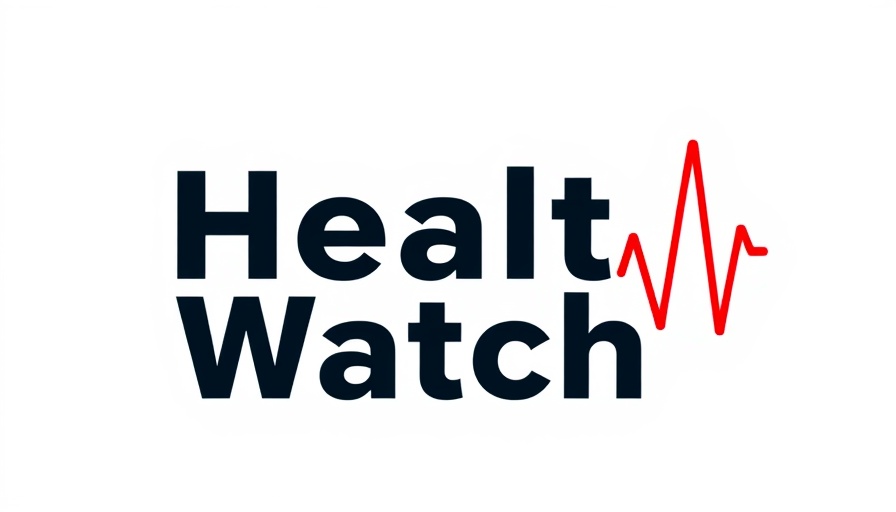
The Shift in U.S. Death Rates: A Glimpse into Recovery
In a significant turn of events, the U.S. has reported its lowest death rate since 2020, signaling a period of recovery as the impacts of COVID-19 decline. For the first time in a long while, the leading causes of death have shifted, marking COVID-19's exit from the top rankings. The latest data from the Centers for Disease Control and Prevention (CDC) has revealed this shift, indicating that the U.S. death rate dropped to 282.2 deaths per 100,000 people in 2022, a notable decrease from the previous year’s rate of 301.5.
Understanding the Implications: What It Means for Public Health
This decrease in death rate is not just a number; it reflects the resilience of public health measures, vaccination efforts, and the general population's adaptation to living with the virus. As healthcare professionals analyze this trend, there is cautious optimism that the country is moving toward a new normal. The easing of restrictions and the return to regular activities have contributed to this decline, though public health experts urge continued vigilance. "While we celebrate this success, we must not become complacent. Other health crises may arise, and we must remain prepared," noted Dr. Emily Torres, a leading epidemiologist.
The Broader Context: Lessons Learned From the Pandemic
The pandemic challenged the U.S. healthcare system like never before, revealing both strengths and weaknesses. One of the key lessons learned is the importance of mental health care and preventive measures. Since the pandemic began, mental health-related issues have surged, once again highlighting the need for sustainable solutions. A comprehensive public health response is essential not only for addressing physical health challenges but also for enhancing mental well-being.
Diverse Perspectives: The Public's Reaction to Dropping Death Rates
The public response to this news is as varied as the metrics themselves. Many citizens express relief and hope, viewing the decrease as a positive sign for social and economic revival. However, others remain skeptical, questioning the reliability of statistics and the impact of ongoing health policies. This variability in perception underscores the polarization experienced during the pandemic. Analytical discussions are essential in navigating these differing viewpoints, creating a more united front in health advocacy.
Future Trends: Navigating Health Beyond COVID-19
Looking ahead, experts believe the focus will shift to other pressing health concerns that have been sidelined by the pandemic. Chronic diseases such as heart disease, diabetes, and even cancer require renewed attention and funding. Additionally, there may be an increased focus on addressing social determinants of health, as factors like income, education, and access to healthcare play significant roles. According to the CDC, as we move forward, coordinated community efforts will play a crucial role in shaping health strategies.
Understanding these trends is essential as it helps individuals, families, and communities make informed decisions about their health and supports the creation of effective health policies.
 Add Row
Add Row  Add
Add 




Write A Comment